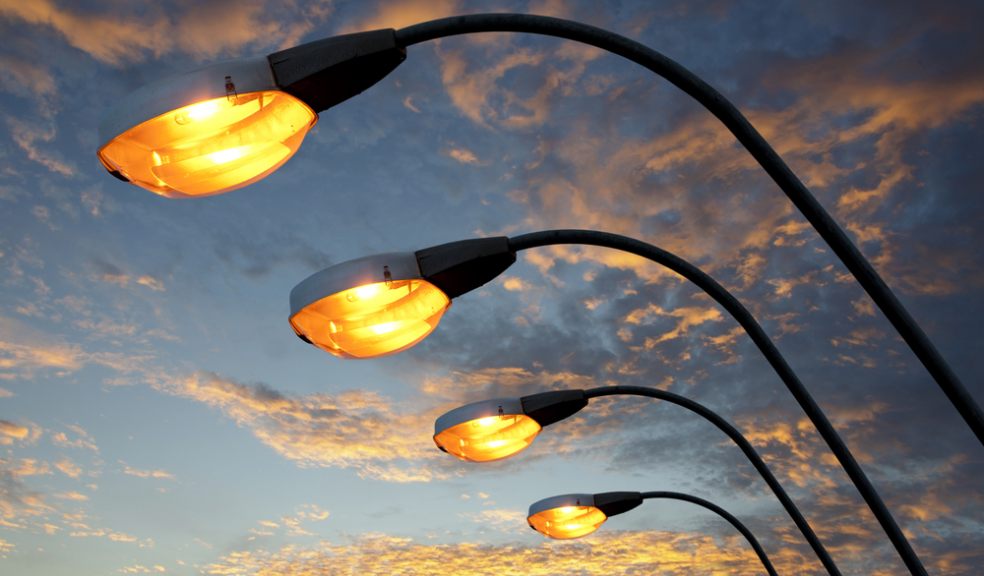
Council streetlight scheme could put people at risk
The AA has warned that part night street lighting schemes plans like the one recently adopted in Exeter may be putting motorists at greater risk of accidents.
The breakdown recovery group claims that, while night time road accidents have fallen in recent years this fall is significantly less on unlit urban roads.
Overall, from 2007 to 2012, AA report a 19.6% reduction in road accidents along town and city roads where street lights were on shrank to 8.8% where drivers, cyclists, bikers and pedestrians travelled in darkness.
This difference was starkest on 30mph urban roads in bad weather where the reduction in reported accidents fell from 15.6% to just 2%.
In Exeter around 1,000 streetlights in residential streets in Alphington and Cowick were converted to part-night lighting on the 1 April.
This latest move takes the total number of converted residential street lights to over 42,000, having already been introduced in communities across Devon.
Councillor Stuart Hughes, Devon County Council Cabinet Member for Highways, said: “The changes will help cut carbon emissions and costs. At the outset, we set a target for the Council to save 4,000 tonnes of carbon from these changes, and that has already been achieved.
“Busy areas of the city centre and main roads will remain lit all night. We are also developing a network of busy “walking home routes” which will remain lit all night.”
Despite the possible risks, the report also shows that the largest support for the scheme comes from the South West with 63% of AA members in the South West region believing that part night street lighting sounds like a good initiative to help cut costs and reduce CO2 emissions.
Over half of those members surveyed also reported that they would be happy for street lights to be turned off between midnight and 5am in my local area:
In a survey of 24,351 AA members (21 February - 3 March) found that, over a month, 12% have set off for or returned from work between midnight and 5am on at least one occasion. That rises to 24% among 18 to 24-year-olds and 21% among skilled service and manual workers.
Commenting on the study, AA President Edmund King, said: “Worse accident rates on roads with street lights turned off or not present is an insidious threat that has crept in literally under the cover of darkness. Many local authorities based their risk assessment on police accident profiles for the affected roads. This had two huge drawbacks.
“Firstly and fundamentally, roads that are safe when lit can become unsafe with the lights switched off, but that is only shown when drivers, cyclists, bikers and pedestrians start to get hurt and killed. Some local authorities have changed their minds after casualties – Powys in 2009 and the scheme pioneers Buckinghamshire in 2012 – but why did people have to become street light victims to prove the point?
“Secondly, with an extra casualty here and there, it is difficult to spot a creeping overall trend that might suggest something is dangerously wrong with a blackout. The AA’s analysis of reported accidents since 2007 shows that the faster the road and the worse the weather, the much higher the threat of accidents on urban roads that were previously lit through the night. Why? Because lighting illuminates potential hazards and gives road users a greater chance of avoiding them."













